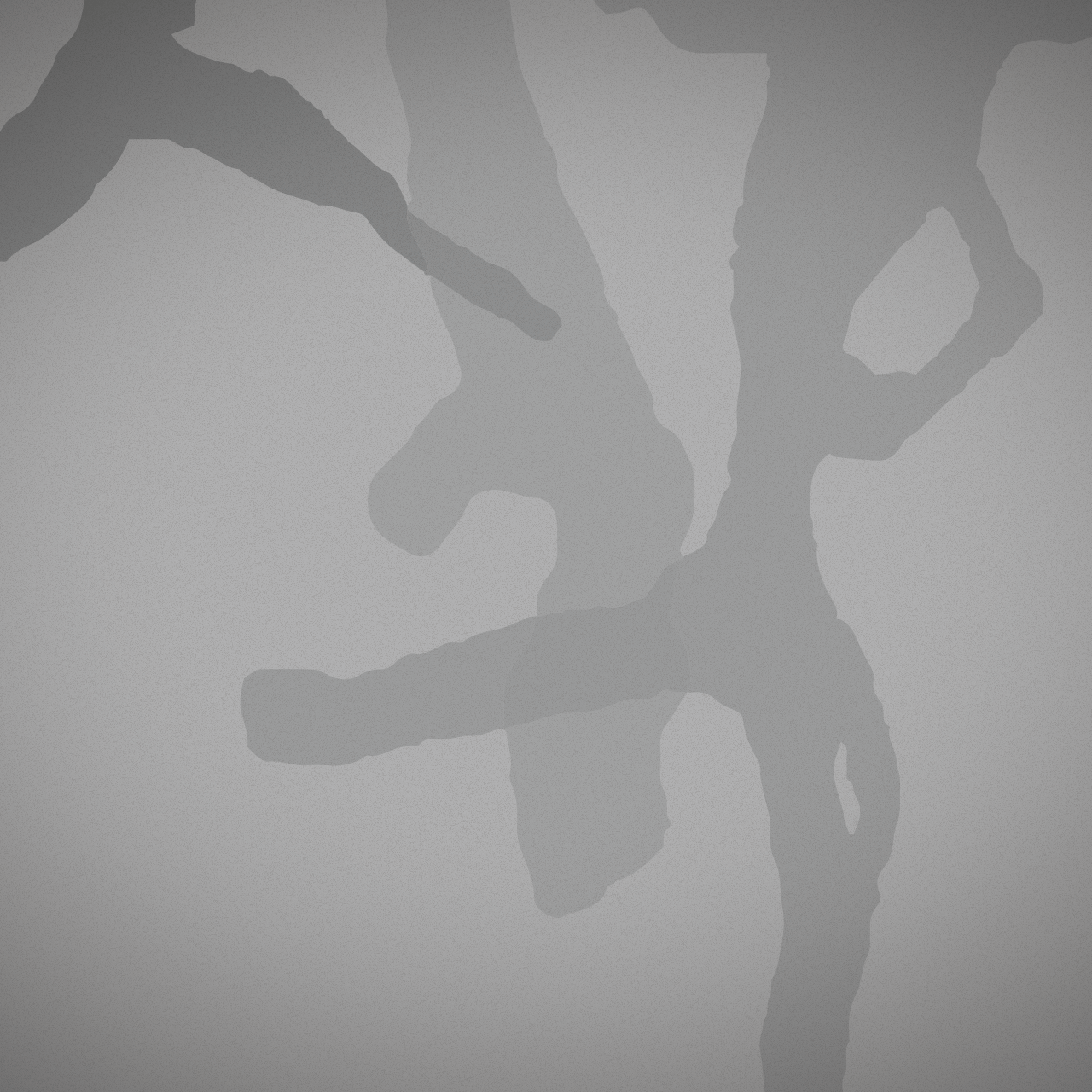Mar 15, 2013

Workshop #2
Our March workshop was dynamic. Julie, Mirae, Lindsey and I prepared our respective sections to facilitate the 2 hour workshop at the Carnegie Gymnasium. We had a couple new people join us, and this proved to be a bit of a challenge as we were faced with some new learning opportunities about permission and disclosure.
This time around, the structure was led as follows:
Hailey- Energy body warm up: closed eye meditation scanning body, and distributing weight through all areas of feet. Introduction of heartbeat rhythm through walking towards centre of circle and away.
(We later spoke to Karen about how to verbalize this section of the warm up, and she stated that she allows the information to be guided by the pathway of the breath.)
Lindsey- Clapping rhythm exercises to teach teamwork and getting back on rhythm when you have lost it. Hand dance work through passing around hand dance, paying attention to each person’s rhythm.
Mirae- Animal bodies, tensegrity lines and paying attention to changes in speed and curves within these explorations. What are the senses of the animals and how does it change movement? Painting with feet.
Julie- Group and duet work exploring staccato, legato, no rhythm, crescendo. Transfer these into hand energy transfer duet. Solo sharing with circle support. Conductor exercise with group following conductor using whole space.
When Lindsey began the second phase of the warm-up, two facilitators briefly spoke about possibly bringing out the camera in order to document the process. One of the new participants became triggered by this idea. Crisis mode set in, and the facilitators immediately left the idea of documenting behind. By giving the participant space to do what she needed to do, the room slowed to a meditative pace and did not react to what was going on. The participant decided that it was best for her to leave the process.
What happened in the room after this incident was quite beautiful. Lindsey continued to facilitate a calm version of the hand dance exchange, and each participant took this opportunity to calm the space and any nerves that people may have. There was a brief misunderstanding between two participants that occurred several minutes later that may have been a leftover bit of energy from the former upset, but it subsided quickly.
In our meeting post-workshop, we spoke about ways to deal with and avoid such situations. Mirae brought some materials from a workshop she attended about conflict situations and how to deal graciously with such circumstances, and the main thing that we learned was that giving the person in crisis space and distance. If the situation becomes violent or becomes harmful towards the participants or facilitators, then we would follow predetermined protocols. In the particular situation of a dance workshop, our role is to allow the dance and movement to heal any residual disturbed energy in the space. By continuing the dance, we as facilitators are not allowing the problem to become a problem that the whole group has to deal with.
The primary practical thing we learned is to disclose the possibility of filming at the beginning of the workshop and give participants the opportunity to express their desire to not be included in such documentation.